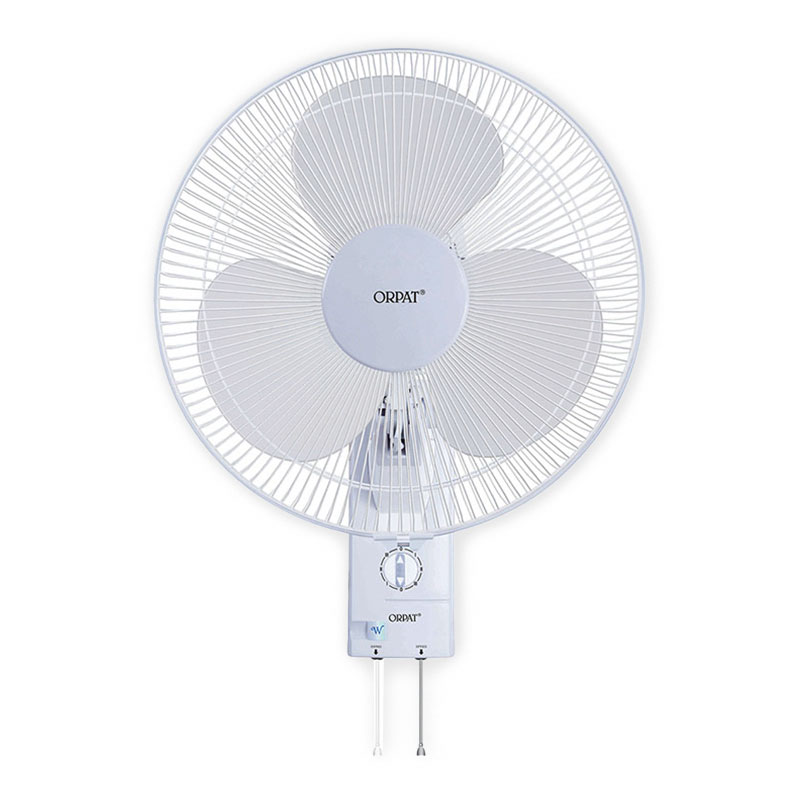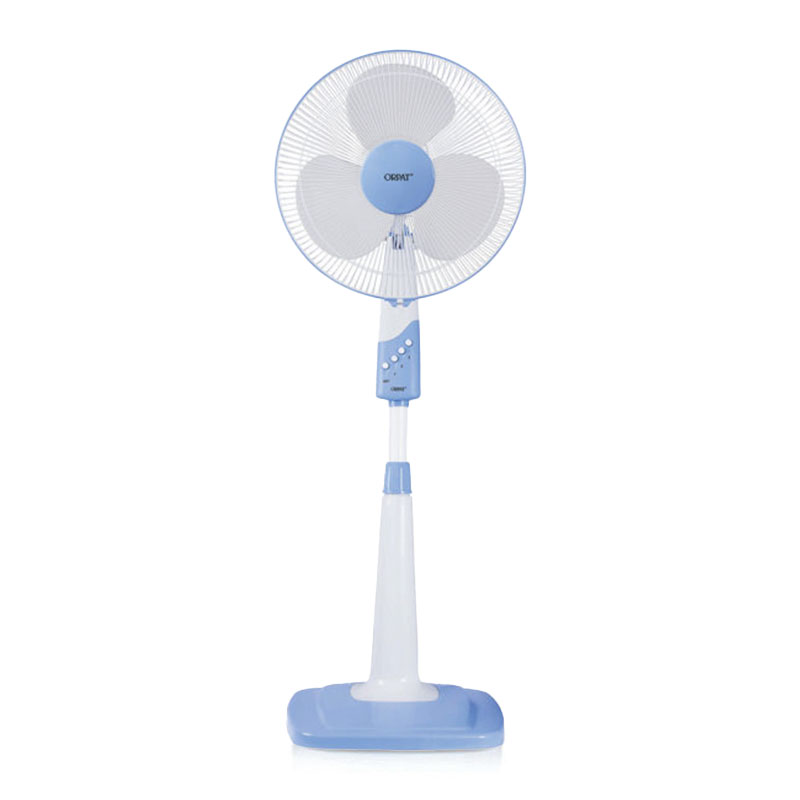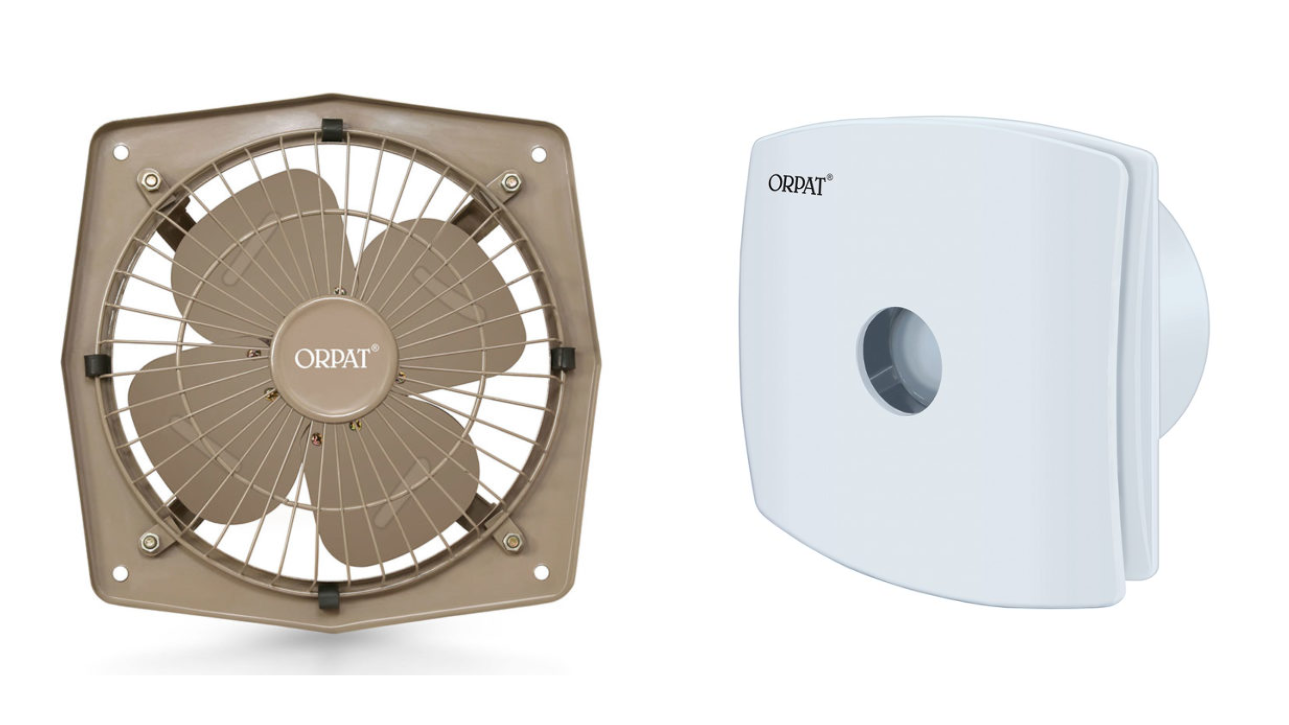
Fans are a necessary appliance in every home, office, and commercial establishment. They ventilate, cool, and circulate air, making them unavoidable in hot and humid weather. With so many types of fans available today, each has a specific function. From traditional ceiling fans to modern tower fans, being aware of their applications and benefits can help one choose the most suitable one
Types of Fans
Let’s have a look at the various types of fans, their features, and their ideal uses.
Ceiling Fans

The ceiling fans are widely used fans mounted onto the ceiling to provide efficient air movement. Ceiling fans are the most commonly used fans and are fixed to the ceiling to give effective air circulation. They come in a variety of designs and sizes.
- Normal Fans (AC motor Fans): These are standard ceiling fans that work on alternating current.
- BLDC Ceiling Fans: BLDC motor fans are energy-efficient fans that consume less electricity. They give the same cooling without using more electricity, thereby being environmentally friendly.
- Small Blade Ceiling Fans: Small blade fans are suitable for small spaces like kitchens, balconies, and bathrooms. The fans are equipped with slim blades to create sufficient air passage in small rooms with limited space usage.
Wall Mount Fans

Wall mount fans are stationary on walls and are best for rooms with no space for fitting ceiling fans. They provide focused airflow, ideal for kitchens, garages, and offices. They are provided with adjustable angles so the users can control airflow according to the requirements. A majority of them are equipped with oscillation and speed controls to provide personalized cooling.
Table Fans

Table fans are light, compact, and most appropriate for personal use in cooling. They are designed to be kept on tables, desks, or countertops and are convenient. Most come with oscillating heads and speed controls for focused airflow. They are light, energy-efficient, and convenient to move around the home. These types of fans are perfect for bedrooms, home offices, and work areas where personal cooling is required. A few high-end versions have rechargeable batteries, making them suitable for power cuts or outdoor use.
Pedestal Fans

Pedestal fans, also known as standing fans, are height-adjustable and provide strong airflow. They have an adjustable stand that makes them suitable for various settings like living rooms, offices, and outdoors. Features of oscillation enable air to ventilate through a larger area. Remote-controlled models offer ease of operation for users. They are a good substitute for ceiling fans in high-ceilinged rooms or rental units where permanent fixture work is not allowed. Some modern models incorporate misting features, which may be beneficial for outdoor cooling in summer.
Tower Fans
Tower fans are slim and stylish, with minimalist designs that fit modern homes. They are vertically mounted, making them space-saving and ideal for compact offices or apartments. They provide uniform airflow and several speed options. Most models have additional features like air purification, ionizers, and timers. They are quiet to operate, which makes them appropriate for bedrooms and offices. Some of the premium variants have intelligent controls, where one can set preferences through smartphone applications or voice assistants.
Exhaust Fans & Ventilation Fans

Exhaust fans & ventilation fans are meant to extract stale air, smoke, moisture, and odors from indoor spaces.
Ventilation Fans: Smaller in size but more powerful, usually mounted in office buildings, factories, and manufacturing plants to regulate the air conditioning. Both models allow for air exchange, providing breathing room and maintaining cleanliness in a setting.
Exhaust Fans: Installed in bathrooms and kitchen areas, these help to vent heat, smoke, and moisture, hence preventing the onset of mold growth and odors.
What Is the Right Fan for You?
The fan choice varies depending on the following factors:
- Room Size: The large spaces are best suited for ceiling fans, and small ones for table fans, as well as tower fans.
- Energy Efficiency: BLDC ceiling fan consumes low power, providing the best option in terms of power savings.
- Portability: If portability is the need, go for a pedestal fan or a table fan.
- Special Needs: Exhaust fans are best suited for kitchens and bathrooms, and tower fans are best suited for modern interior design.
- Budget: Fans come at different prices; buying efficient fans is cost-effective in the long term.
- Aesthetics: Smart and designer fans enhance interior decor while being convenient.
Fans are an essential part of keeping the indoor environment comfortable. Whether it’s a ceiling fan, pedestal fan, or ventilation fan, all of them are used for specific purposes. Ceiling fans are used for overall cooling, whereas wall mount and table fans are used for focused air flow. Tower fans are used for contemporary designs, and exhaust fans are used for ventilation. The selection of the types of fans varies based on your room, cooling requirement, and energy efficiency needs. Explore the variety of fans at Orpat to select one that best suits one’s needs.
Frequently Asked Questions
A BLDC ceiling fan has a brushless motor, which can consume as much as 50% less power than a standard AC motor fan. They consume less energy, produce less noise emission, and have a longer life.
Pedestal fans can be mounted outside, such as on patios, balconies, and gardens. But weather-resistant ones are utilized to make them long-lasting.
Tower fans and standing fans are ideal for individual cooling and contemporary interior decor but not as effective at air circulation as ceiling fans.
Exhaust fans & ventilation fans eliminate moisture, smoke, and stale air from within rooms, lowering humidity and mold. They ensure a continuous fresh air supply in bathrooms, kitchens, and offices.


